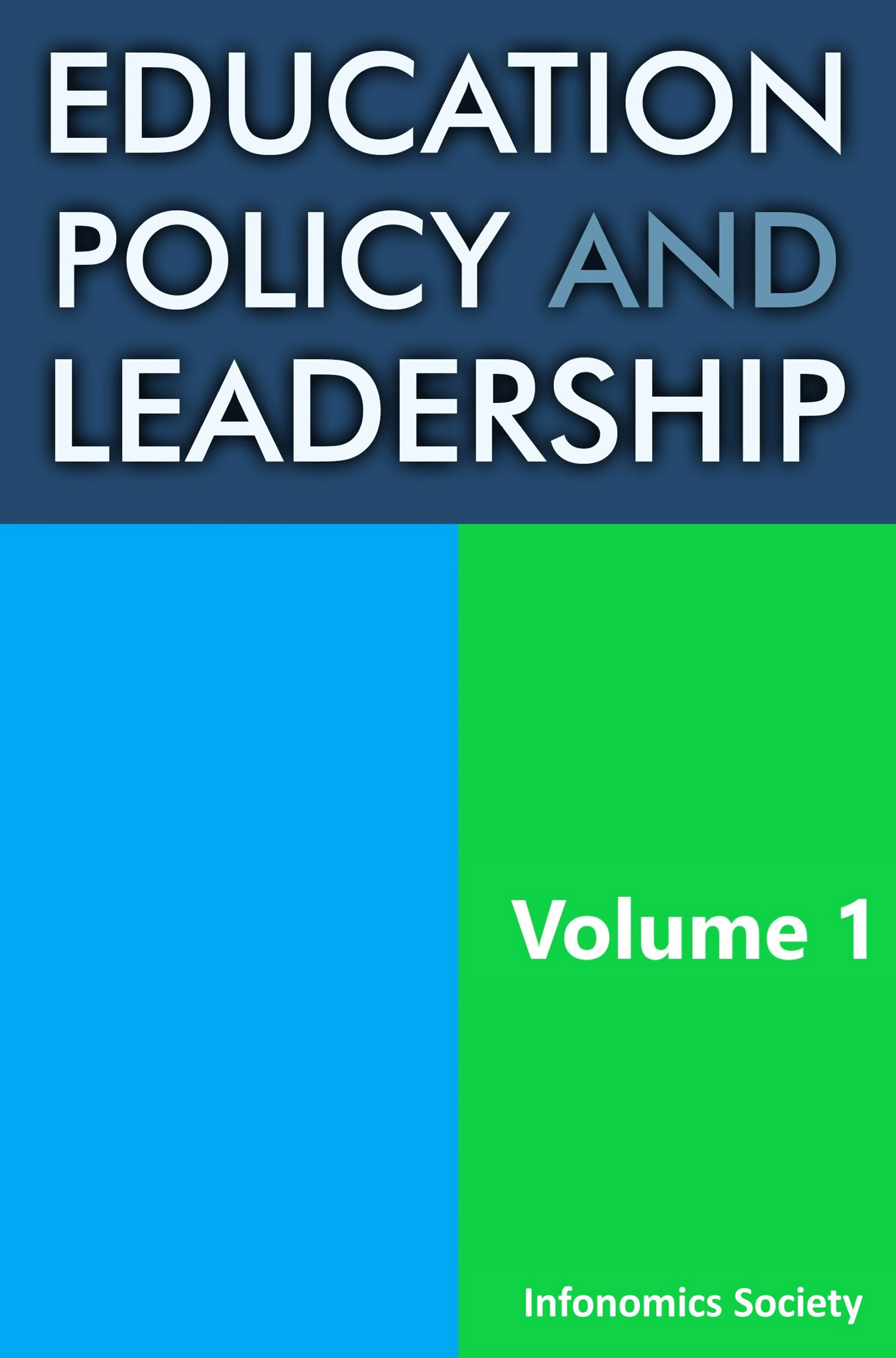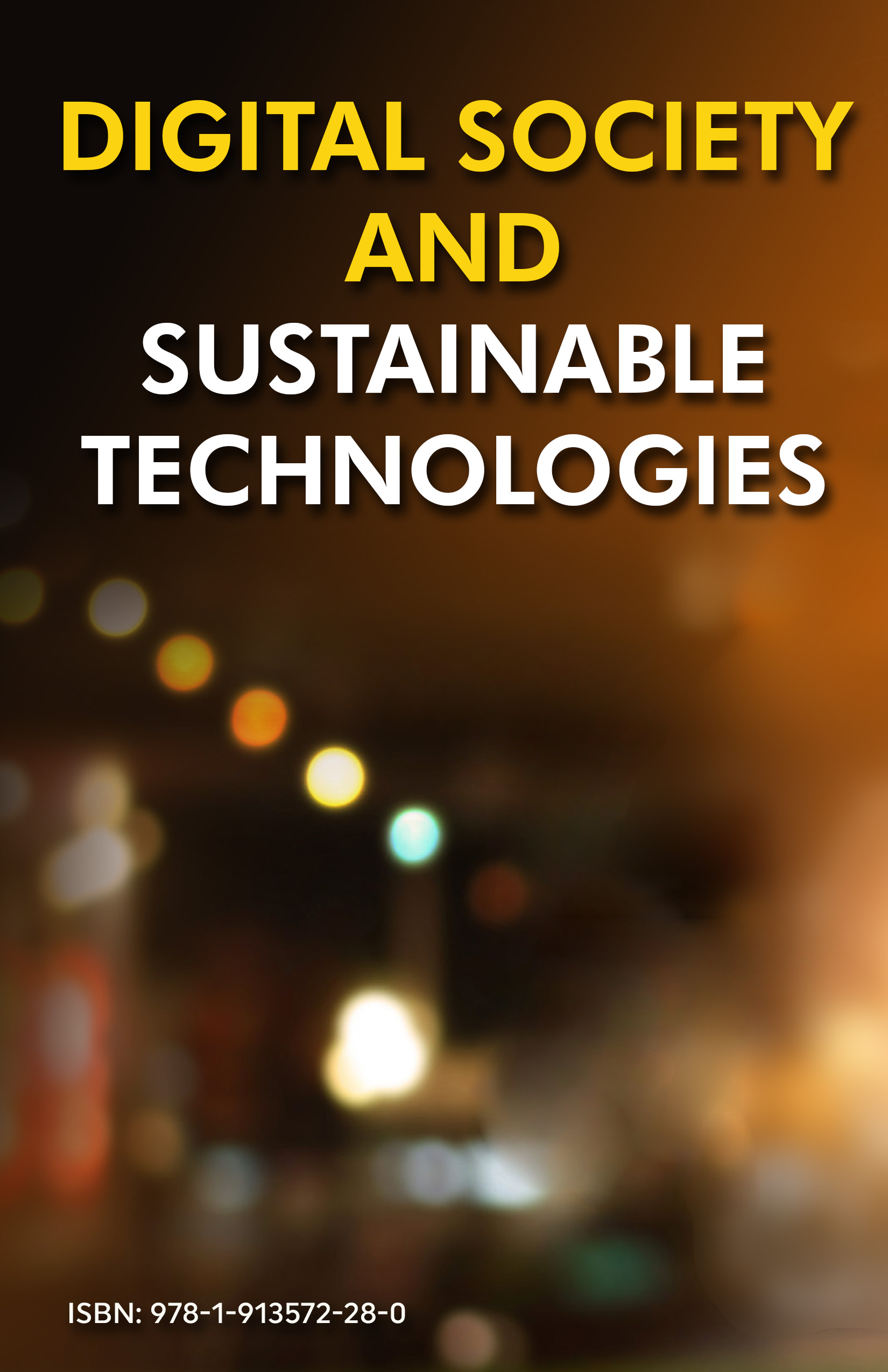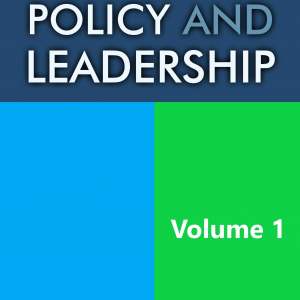About this book
Learning and teaching methodologies have been the core value of our existence, and the oldest heritage in our quest for civilisation and social understanding of one another in the history of mankind. The dissemination of knowledge can always be traced back to the source of acquisition. The impacts of learning and teaching methodologies are true reflection of what have been taught and how the understanding of the lessons are passed on from one generation to the other. However, the scope of learning is widely seen within the societal interactions and embracement of old and new knowledge.
Table of contents
(9 Chapters)
Chapter 1 (Jianqin Ma)
The Application of Systems Thinking in Tunnel Engineering Course
DOI: 10.20533/978-1-913572-20-4_1
The Chapter One explores the application of systems thinking in teaching and learning. The is one of the most effective approaches to meet the changing and challenging situation. As a tunnel is built, it is then open to use. In general, as an engineering structure, a tunnel project is considered in terms of requirement, building and operational conditions, cost and time schedule, and risks related to the project. All of these parameters are presented in the content of planning, design, construction, operation, and management stages, which are also corresponding to the execution stages of a new project. The related information, theory, principles and engineering skills are learning and teaching content, as terms, definitions, concepts, case histories and study. In practice, the upgrade and rehabilitation of an existing tunnel are always necessary, since the design life of a tunnel is 50 to 100 years, or even to 120 years, and the technical standards for tunnel operational environments are developing with time.
Chapter 2 (Vincent Hui, Alvin Huang, Gloria Zhou and Tatiana Estrina)
Extended Realities to Extending Realities in Architectural Pedagogy
DOI: 10.20533/978-1-913572-20-4_2
The Chapter Two presents a case study of the implementation of XRs across the undergraduate curriculum at Ryerson University’s Department of Architectural Science (DAS) in Toronto, Canada. Three XR technologies: Virtual Reality (VR), Augmented Reality (AR), and Mixed Reality (MR), were adapted into numerous facets of architectural instruction in order to enhance theoretical content, increase accessibility to learning, improve visualization of design work, and heighten student digital savvy. The multitude of techniques and opportunities for implementation are framed within the context of lecture-based instruction, design pedagogy, project feedback delivery, and experiential learning.
Chapter 3 (Eleni Makri)
Augmented Reality/Virtual Reality Serious Games for Teaching Business-Related Higher Education Modules and their Learning Attributes
DOI: 10.20533/978-1-913572-20-4_3
The Chapter Three is based on the aforementioned reasoning and rationale. And the chapter aims to discuss in brief augmented reality / virtual reality SGs role for teaching business-associated modules in higher education and their learning attributes, following the structure outline below as next: a) a short introduction of augmented reality / virtual reality technology advancements, b) an illustration of augmented reality / virtual reality technology in higher education, c) SGs for teaching business-related higher education modules and their learning performance and d) a chapter summary regarding SGs current and future research streams for teaching and learning business-associated modules in tertiary education and their prospective learning experience outcomes reported.
Chapter 4 (James A. Bernauer and Gavin Buxton)
A More Accurate View of the Scientific Method in the Physical Sciences and
Implications for Learning and Research in the Social Sciences
DOI: 10.20533/978-1-913572-20-4_4
Chapter 5 (Michelle Voillot and Yvette d’Entremont)
Culture: Linking Mathematics Pedagogy and the Psychology of Flow
DOI: 10.20533/978-1-913572-20-4_5
Chapter 6 (Onesmus Ayaya and Gladys Ingasia Ayaya)
Using Self-Grading Mechanisms to Improve the Cognitive Performance of First Year Online Accounting Students
DOI: 10.20533/978-1-913572-20-4_6
Chapter 7 (Tamara J. Lynn, April Terry, Ziwei Qi and Morgan Steele)
Learning By Doing – Engaging Students in a Culture of Experiential-Learning in A Criminal Justice Program
DOI: 10.20533/978-1-913572-20-4_7
Chapter 8 (Daphney L. Curry, Emily K. Reeves and Christina J. McIntyre)
Teaching Strategic Reading Skills after the Lockdown: Ten Principles
DOI: 10.20533/978-1-913572-20-4_8
Chapter 9 (Ioannis Makris)
Differentiated Didactic Approach To Teaching The Arts (D.D.A.T.A.)
DOI: 10.20533/978-1-913572-20-4_9
Books for you
Bibliographic information
| Book Title
Learning and Teaching Methodologies |
Edition Number
Volume 1 |
Publisher
Infonomics Society |
| Foreword By
Charles A. Shoniregun, Infonomics Society, UK and ROI |
Copyright
2022 |
Copyright Holder
Infonomics Society |
| Authors
Jianqin Ma, Vincent Hui, Alvin Huang, Gloria Zhou, Tatiana Estrina, Eleni Makri, James A. Bernauer, Gavin Buxton, Yvette Dentremont, Michelle Voillot, Onesmus Ayaya, Gladys Ingasia Ayaya, Tamara J. Lynn, April Terry, Ziwei Qi, Morgan Steele, Daphney Leann Curry, Emily Kate Reeves, Christina Janise McIntyre, Ioannis Makris |
e-ISBN 978-1-913572-20-4
ISBN 978-1-913572-38-9 (Softcover) ISBN 978-1-913572-10-5 (Hardcover) ISSN 2755-9491 (Print) ISSN 2755-9505 (Online) DOI 10.20533/978-1-913572-20-4 |
Number of Pages
i – xix, 171 Topics Learning, Teaching, Methodologies, Teaching Strategies |










